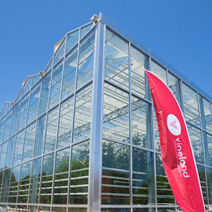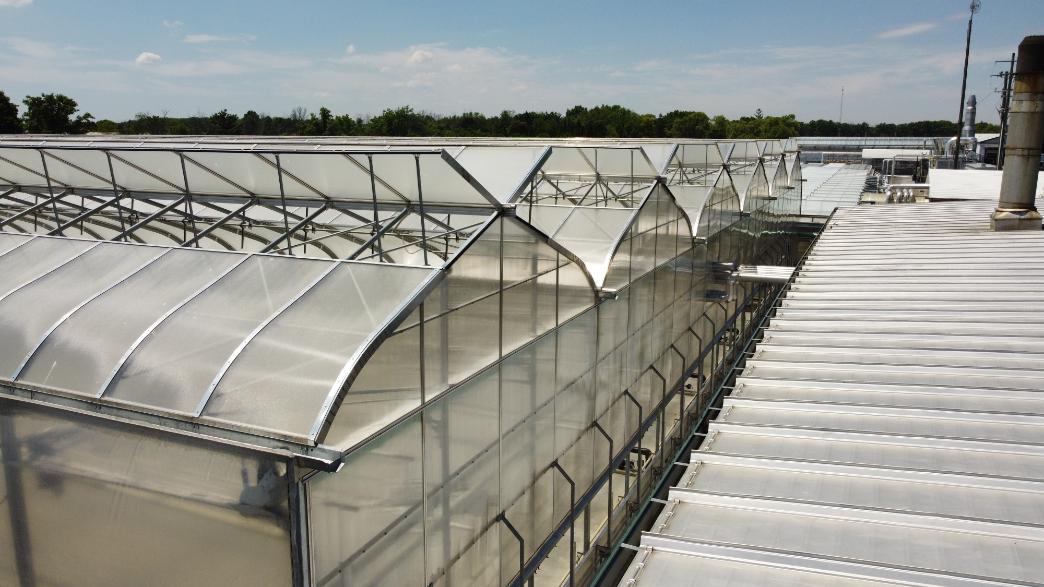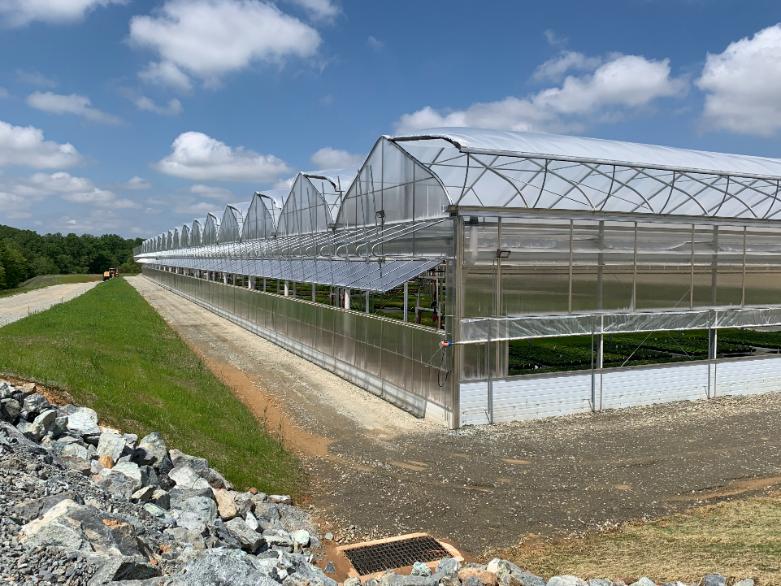3 Considerations for Greenhouse Curtains for Maximum Energy Savings during the Fall and Winter
Summer is once again coming to a close, and as much as we try to savor the long days that accompany the warmest season of the year, the beginning of August signals that shorter, cooler days are not far behind. Growers need to prepare their greenhouses for colder weather which means they also need to prepare for the high energy costs associated with operating a commercial greenhouse through the winter.
It’s likely that energy costs will continue to increase, so finding cost-effective solutions for protecting your commercial greenhouse environment through the winter is more important than ever. It’s for this reason that more growers are quickly realizing the benefits that greenhouse thermal curtains, also known as energy curtains, provide during the winter.
Energy curtains or greenhouse curtains, are retractable components made from composite materials designed for greenhouses to help maintain the proper climate in the greenhouse environment. Curtains are typically installed just above or below the trusses in your greenhouse but typically above to accommodate your supplemental lighting. They can be opened and closed across the greenhouse, from gutter to gutter, or they can cover or retract across the length of your greenhouse. They act as an excellent source for shade and cooling in the summer, but provide just as many benefits for energy savings through the winter, akin to winter curtains. Here are a few tips for using energy curtains through the fall and winter seasons:
How do I use my greenhouse curtains in the winter?
No matter the time of year, greenhouse thermal curtains are meant to help modify the climate in your greenhouse when the outside conditions are less favorable. Your curtains can be opened if the outside conditions are favorable and closed when they can improve the environment inside the greenhouse. During the winter, your greenhouse curtains act as a barrier by keeping the heat in the growing zone.
Your curtains will usually be closed completely through the night when there is no usable natural sunlight. Most of the heating in a greenhouse takes place at night so having your greenhouse thermal curtains closed during this period will retain the heat near the plants while keeping out the cold winter air. Though your greenhouse thermal curtains can provide substantial energy savings through the winter, it’s important to not fall into the trap of overusing them. To ensure your curtains are providing the greatest benefit to your crops during the winter, your curtains should begin closing just before the sun sets and open again right after sunrise. Many growers have installed two layers of curtain to provide even more insulation. It may sound costly to install a double layer curtain, but the return on investment is quickly earned back in energy savings, especially for growers with greenhouses in cold climates. When curtains are installed and used properly through the winter, growers are seeing energy savings of anywhere from 20 to 75 percent with nighttime energy savings usually on the higher end.
What type of curtains should be installed?
The type of curtain system and material you install will depend on factors including the ideal environment for your crop, the style of greenhouse in addition to the regional climate of the area your greenhouse is in. There are many options available so to make sure you’re choosing the best greenhouse curtains for your greenhouse, you should consult professionals to make sure you’re getting the best greenhouse thermal curtains for the best value for your specific needs.
The three most common categories of curtain materials are porous, non-porous and semi-porous. Nonporous materials, such as poly film, are not typically ideal for greenhouse curtain use as they don’t allow for condensation from the roof to penetrate. Porous materials, on the other hand, while they allow for condensation to drip through, they don’t always provide the insulation that’s necessary during the winter. A semi-porous material is usually the most practical option for both shading and insulation. They are usually made of alternating pieces of aluminized and clear polyester or acrylic fabric that’s woven together tightly. A semi-porous material allows condensation to get through but prevents too much air exchange from above or below the winter curtains when closed. Additionally, the aluminized strips in the curtains are designed to reflect the infrared radiation given off by the structure, the benches and the plants back into the greenhouse, which is especially important during the winter.
Automating your curtains for maximum efficiency
Your greenhouse curtain system, including greenhouse thermal curtains and winter curtains, will work most effectively when controlled by a central environmental computer. Whether your curtains are opened, closed, or partially opened, they will affect other environmental factors in the greenhouse including lighting, temperature, airflow, and humidity in addition to directly controlling the amount of sunlight that’s allowed into the greenhouse. All of these factors can be a lot to consider in a manual or semi-automatic operation, but an integrated automation system will remove much of the hassle so your systems work in unison, providing the ideal environment for your plants to thrive. We recommend that you look back at your controls over as many seasons as possible and set your parameters based on the averages of previous winter seasons. Click here to learn more about the benefits of and automated control system in your greenhouse.
Are you interested in learning more about installing or using energy curtains in the fall and winter? Contact the experts at GGS today.






